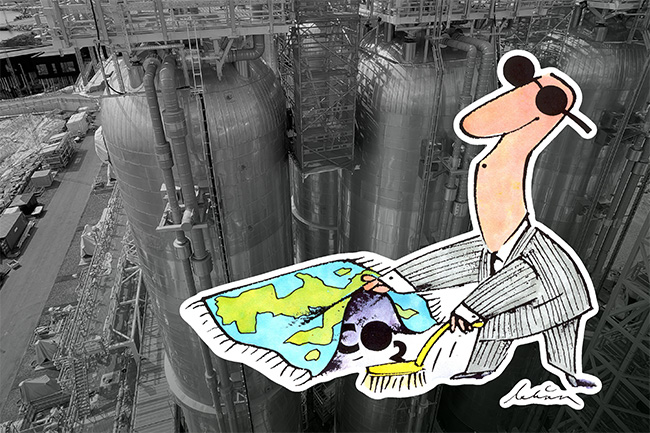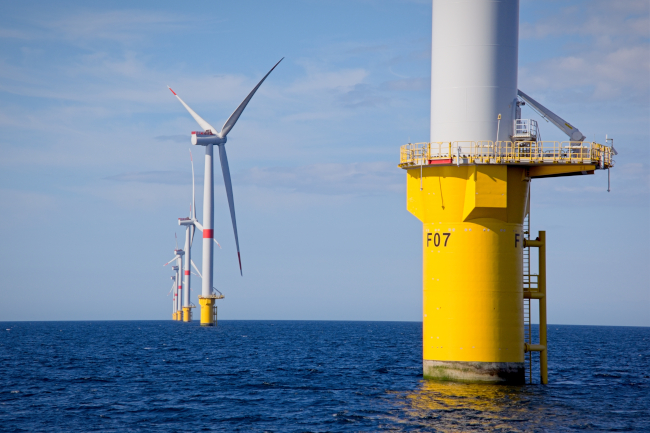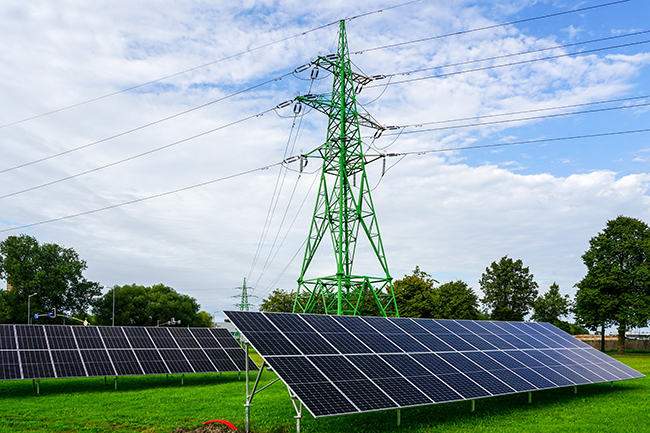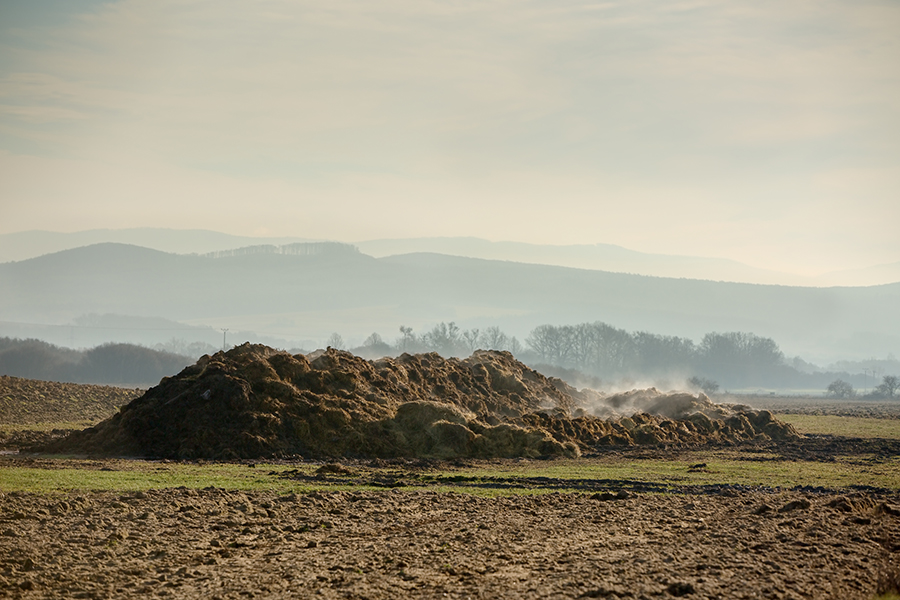Offshore wind energy holds immense promise for meeting Europe’s renewable energy and climate goals. However, barriers such as stakeholder collaboration, grid infrastructure limitations, and slow permitting processes must be addressed to unlock the sector’s full potential.
First, improving stakeholder collaboration is essential for the sustainable development of offshore wind energy. The EU’s marine spaces are shared by multiple countries and stakeholders, often leading to conflicts as deployment expands. To address this, stakeholder engagement must become more constructive.
BALOWIL, a pilot project led by AirClim, focused on mitigating stakeholder conflicts and fostering collaboration among various parties around the Baltic Sea. The project highlighted several key recommendations. One is the development of collaboratively designed community benefits. These benefits, provided by project developers to host communities near wind energy sites, can include community funds, shareholding opportunities, revenue sharing, job creation and apprenticeships, educational programmes, and electricity discounts. Effective community benefit models require cooperation between developers, communities, and authorities to address local needs and impacts. Unlike legal obligations, these benefits are voluntary and can be implemented at different stages of a project.
Another recommendation is to encourage community ownership of offshore wind projects. A notable example is Middelgrunden offshore wind farm in Denmark, partly owned by 10,000 citizens and operational since 2001. Belgium has recently introduced auction rules requiring citizen participation as part of innovative business models. Despite high costs, citizen energy cooperatives are showing growing interest in investing in offshore wind projects, demonstrating the potential for broader public engagement.
Early, continuous, and transparent community engagement is also vital. Involving stakeholders before final site selection allows them to voice concerns and participate in decision-making, reducing mistrust and opposition. Transparency about the process, scope, and timelines ensures that stakeholders understand their role and can provide meaningful input. Clearly outlining the steps and schedule enables more effective participation and fosters trust.
Facilitators also play a critical role in successful stakeholder collaboration. They help translate technical project information into accessible language while conveying local knowledge and values to developers. Facilitators need to possess the skills to communicate complex details clearly to non-specialists and ensure that local perspectives are recognised and respected.
To gain support from stakeholders it is essential to minimise the negative impacts of offshore wind. While all energy infrastructure has some environmental impact, careful planning and siting can significantly mitigate these effects.
Thorough field surveys and environmental analyses must precede every offshore wind project to evaluate potential impacts on birds and bats. These assessments may influence the project’s location and scope of operations. Advanced detection and response systems can also be employed to minimise harm. For fish, offshore turbine foundations can act as artificial reefs, creating habitats that provide shelter and food sources. This artificial environment has been shown to support the growth of marine life. Moreover, a “shield effect” has been observed around wind turbines, where safety zones that exclude shipping and fishing act as de facto marine reserves. These zones have led to increases in fish populations, including predators.
For fishermen previously engaged in commercial fishing in areas now occupied by wind farms, financial compensation schemes are often available. Additionally, rights to fish within the wind farm areas using specific gear can help mitigate restrictions. Studies have shown that offshore wind farms can increase species diversity and attract fish species that thrive in rocky habitats created by artificial reef structures. Excluding certain types of fishing in these zones can boost prey abundance for top predators and reduce bycatch risks. Scour protection around turbines also enhances biodiversity by offering shelter, marine nurseries, and feeding opportunities for marine life.
A notable example of effective stakeholder collaboration is the ScotMap project in Scotland, which successfully integrated small-scale commercial fishing data into marine planning. Coastal fishing, carried out by smaller boats not included in satellite-based Vessel Monitoring Systems (VMS), was identified as a knowledge gap in the planning process. The project conducted interviews with 1,090 fishermen to gather detailed information on fishing areas, seasons, equipment, target species, and income. The data was analysed to create maps, which were later refined through consultation with fishing representatives. These final maps, made publicly available online, provided valuable insights for Scottish marine planning and demonstrated the benefits of inclusive stakeholder engagement.
Under the EU Maritime Spatial Planning Directive (MSPD, 2014/89/EU), Member States are required to designate areas for various maritime industries, including offshore wind energy. Most EU countries have already allocated space for renewable energy development, which can form the basis for future Renewable Energy Acceleration Areas (RAAs, see box), as mandated by the updated Renewable Energy Directive (RED). For Member States still finalising their national maritime spatial plans, it is crucial to ensure these areas align with the 2030 renewable energy targets while minimising conflicts with other maritime activities, including nature protection.
To further minimise environmental impacts, offshore wind projects should adopt the mitigation hierarchy approach to nature protection: avoid impacts wherever possible, minimise or reduce unavoidable impacts, restore affected areas, and use compensation only as a last resort. This structured approach helps balance renewable energy development with environmental preservation.
Second, speeding up the permitting process for renewable energy projects is crucial. It is not uncommon to wait up to a decade to get approval for projects. While the Renewable Energy Directive allows Member States to designate Renewable Acceleration Areas with expedited permitting processes, exemptions from environmental impact assessments risk undermining environmental protection and increasing public opposition (see box). Striking a balance between speed and sustainability is critical. Administrative efficiency can be improved by investing in skilled personnel, adopting modern systems, and enhancing coordination between authorities. Early public participation ensures transparent and inclusive processes, addressing concerns upfront.
Third, grid capacity has become a significant bottleneck in scaling up wind energy deployment. In 2023, the European Union increased its political focus on electricity grids. To achieve its climate goals, the European Commission estimates that 584 billion euro will need to be invested in electricity grids this decade, including 85 billion euro to build more than 11,000 km of new offshore electricity transmission networks by 2030. These announcements have sparked unprecedented momentum to connect new renewable energy projects and strengthen grid equipment supply chains.
Despite these ambitions, the permitting process for grids remains slow across Europe, with delays lasting up to 10 years in some countries. The current “first come, first served” approach for grid connections is insufficient to meet the pace required for renewable energy deployment.
For offshore network infrastructure, national authorities must find fair and optimal ways to share costs and benefits across sea basins. Curtailment of wind energy – now increasingly common across Europe – further complicates investments in new renewable capacity. To address this, targeted mechanisms and regulatory adjustments are needed.
To streamline permitting for major renewable projects, the European Commission has introduced a recommendation to tackle slow and complex procedures, along with a targeted amendment to the Renewable Energy Directive recognising renewable energy as an overriding public interest. Member States should establish dedicated “go-to” areas for renewable projects, featuring simplified permitting processes in regions with lower environmental risks.
To facilitate the identification of these “go-to” areas, the Commission is providing datasets on environmentally sensitive zones via its digital mapping tool, which integrates geographic data related to energy, industry, and infrastructure. By leveraging these tools and strategies, Member States can accelerate grid expansion and renewable energy deployment while maintaining environmental safeguards.
By addressing these bottlenecks, the European Union can unlock the full potential of offshore wind energy, driving progress toward its climate and energy goals while balancing economic, environmental, and social considerations.
Renewable Acceleration Areas and the balance between speed and qualityAn analysis by the Oeko-Institut, CAN Europe, WWF EU, BirdLife Europe, and the European Environmental Bureau emphasises the importance of prioritising “speed with quality” when designating and implementing Renewable Acceleration Areas (RAAs). Their key recommendations include:
|
















